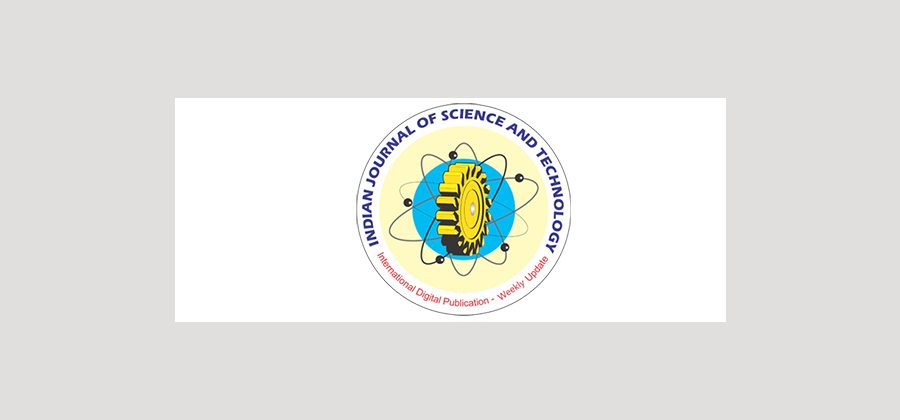


Indian Journal of Science and Technology
DOI: 10.17485/ijst/2017/v10i11/104361
Year: 2017, Volume: 10, Issue: 11, Pages: 1-6
Original Article
Mani Kant Verma*, M. K. Verma, L. K. Yadu and Meena Murmu
Civil Engineering Department, NIT, Raipur – 492010, Chhattisgarh, India; [email protected],[email protected], [email protected], [email protected]
*Author for correspondence
Mani Kant Verma
Civil Engineering Department, NIT, Raipur – 492010, Chhattisgarh, India; [email protected]
Objectives: Climate change impact assessment on precipitation data. Methods/Statistical analysis: This study is done for estimating the impact of climate change on the precipitation of Jondhara station, in the Seonath river basin, Chhattisgarh, India under A2 and B2 scenario of the HadCM3 GCM model. Statistical Downscaling Model (SDSM) was applied in this work. Selection of predictor variables is the most important steps in the statistical downscaling processes because it mostly affects the quality of the generated scenarios. Linear scaling method was used for the bias correction of the downscaled data in the study. Findings: The values ofR2 and NSE were0.78 and 0.78respectively, for the calibration period (1980-1991) and for the validation period (1992-2001) are 0.70 and 0.69 respectively. These parameters show the good applicability of the model performance. The change in mean annual precipitation during the period 2020- 2049, 2050-2079 and 2080– 2099 are -0.28%, -0.61%, and -2.39% respectively for A2 Scenario in comparison to the baseline period. Similarly, the values are increased 0.22%, 2.22%, and 2.00% respectively for theB2 scenario. Application/Improvements: This paper elaborates the effect of climate change on the precipitation of the Seonath river basin.
Subscribe now for latest articles and news.